Click on images to enlarge
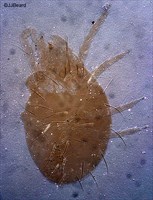
Fig. 1. Eotetranychus pseudomori - adult female dorsal habitus.
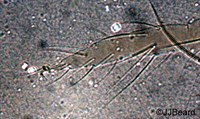
Fig. 2. Eo. pseudomori adult female - tarsus III.
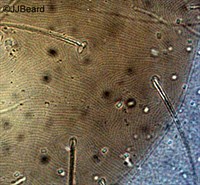
Fig. 3. Eo. pseudomori adult female - detail of lobes on dorsal striae.
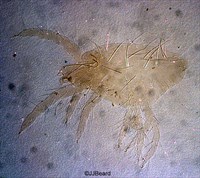
Fig. 4. Eotetranychus pseudomori adult male - lateral habitus.
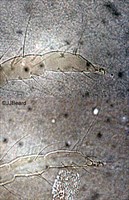
Fig. 5. Eo. pseudomori adult male - tarsus I.

Fig. 6. Eo. pseudomori - adult male tarsus III & IV
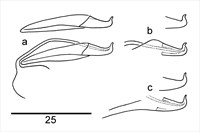
Fig. 7. Eotetranychus pseudomori adult male, detail of aedeagus - a. holotype (with and without associated structures illustrated); b-c. paratypes.
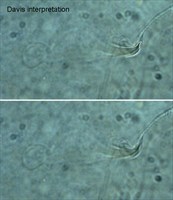
Fig. 8. Eotetranychus pseudomori adult male, detail of aedeagus - interpretation of shape by Davis.
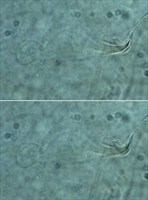
Fig. 9. Eotetranychus pseudomori adult male, detail of aedeagus - alternative interpretation of shape.
Material examined
types
Taxonomy
Subfamily Tetranychinae
Tribe Tetranychini
Distribution
*Australia: south eastern Queensland
Taxonomy Changes
None
Diagnosis
Female (Fig. 1)
- empodia I-IV proximoventral hairs only, no dorsal spur/claw (Fig. 2)
- peritreme with short distal hook, like golf-club or large expanded bulb
- dorsal opisthosomal striae transverse, sometimes irregular between setae e1-e1 and setae f1-f1
- dorsal setae stout, short, evenly tapering, conspicuously pubescent
- dorsal opisthosomal setae inserted on small tubercles
- lobes on dorsal striae small, widely spaced, sub-triangular to semi-circular (Fig. 3)
- ventral striae mostly without lobes
- pregenital striae longitudinal
- palp with spinneret stout, twice as long as wide
- dorsal setae extend just past base of setae in next row
- tarsus I with sockets of three-four tactile setae and one solenidion proximal to the socket of the proximal duplex seta
- tarsus II with sockets of one tactile seta and two solenidia proximal to the socket of the duplex seta
- tibia I-IV 10(1+0), 6-7, 6, 5
- yellow-green with dark spots laterally along body
- eggs globular, slightly flattened, radially striated with short dorsal stipe, and are fixed singley to leaf surface
Male (Fig. 4) as per female plus:
- empodium I claw-like (Fig. 5)
- empodia II-IV as in female (Fig. 6)
- peritreme with short distal hook, like golf-club, never ending in simple bulb
- spinneret on palp small but narrow, four times as long as wide
- tarsus I with the sockets of three-four tactile setae and three solenidia proximal to the socket of the proximal duplex seta
- tarsus II with the sockets of one tactile seta and one solenidion proximal to the socket of the duplex seta
- tibia I-IV 12-13(3-4+0), 6-7, 6, 5
- shape of aedeagus is difficult to determine as the shape of the tip changes at different focal points
- aedeagus dorsally directed, weakly sigmoid without distinct knob; short dorsal projection broad at base, tapering to blunt tip; tip is more or less straight at one focal point, and curved posteriorly in another focal point (Figs 7-9)
Hosts
*Pseudomorus brunoniana (Moraceae)
Similar Taxa
The aedeagus of Eotetranychus pseudomori resembles those of E. cendanai Rimando from the Philippines, and E. mandensis Manson from India, both from citrus. Eotetranychus pseudomori can be separated by having dorsal opisthosomal setae inserted on small tubercles, striae between e1-e1 mostly transverse, pregenital striae longitudinal, peritreme ending in short distal hook, and some differences in leg chaetotaxy.
Biology
Colonies of E. pseudomori occur on the ventral surface of the host's leaves, especially beside the main veins, with very little webbing produced. Eggs are laid on the underside of leaves especially beside the main veins. The mite feeding seems to produce distortions to the leaf surface producing concavities and cups.
References
*Davis, J.J. (1969d) Studies of Queensland Tetranychidae (Acarina: Prostigmata) 6. A new genus and five new species of spider mites from native plants. Memoirs of the Queensland Museum 15: 165-183
Copyright © 2018. All rights reserved.